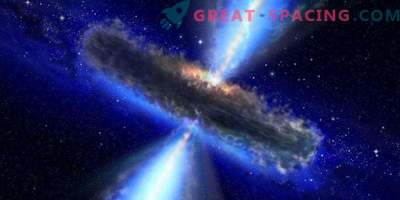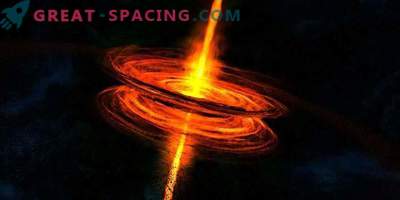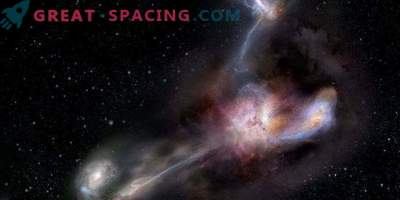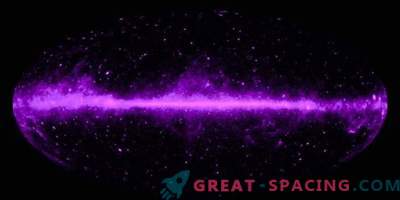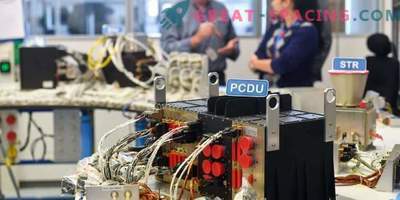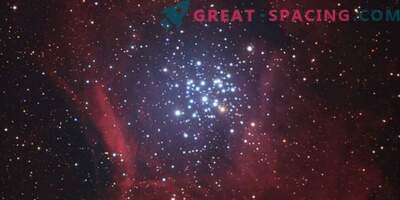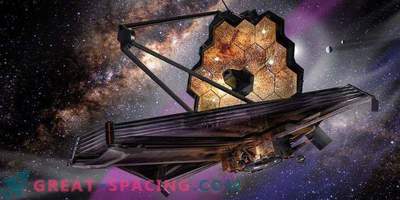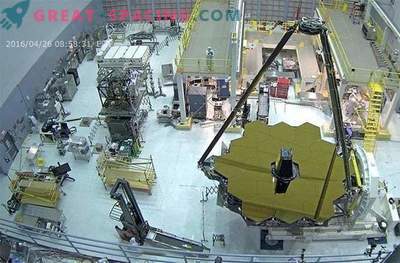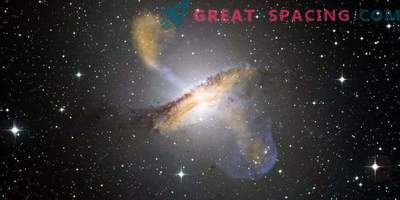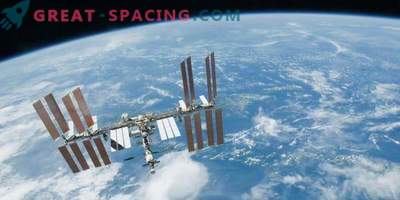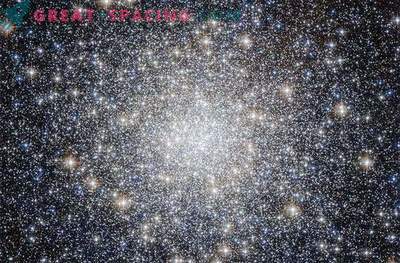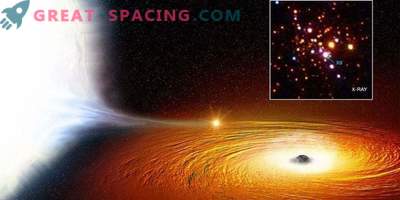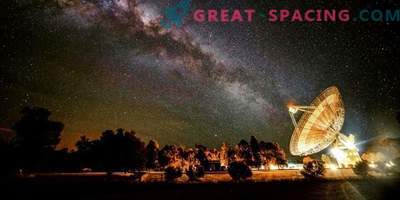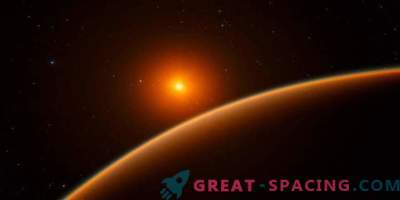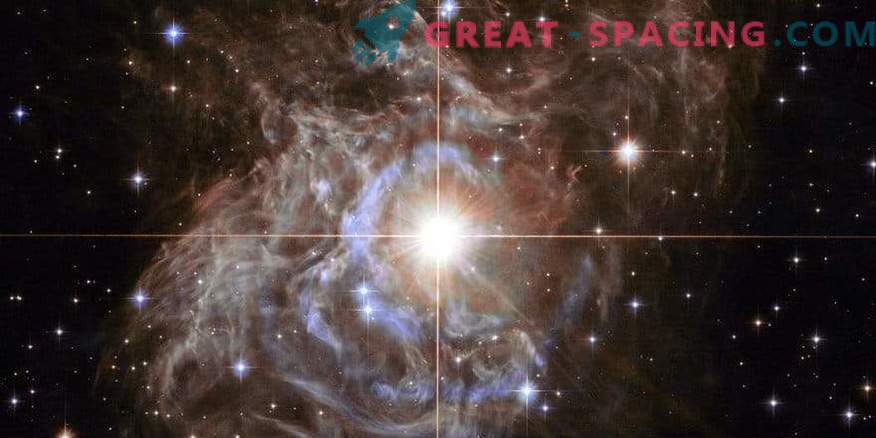
In the center of the picture is the important star RS Korma - the variable Cepheid. This is a star class whose luminosity is used to estimate distances to the nearest galaxies. It is 15,000 times the solar brightness.
Some scientists believe that new attempts to clarify the rate of expansion of the Universe since the Big Bang (Hubble constant) can transform modern theories of physics. The idea is that, by measuring the distance of objects at different points in time, we can calculate how quickly they move away from us, which means we get the speed of the universe expansion. However, it is incredibly difficult to adhere to accuracy at such large distances. Professor Gregorz Pigetzinski of the Warsaw Academy of Sciences undertook this work.
His measurements fall in the kiloparsecs range, which is equivalent to about 3262 light years. This is only the first step. Its purpose is to measure the geometric distances to the nearest galaxies in order to calibrate the cepheids. This is a type of variable star, which radiates brightness for a certain time period. Scientists use them to estimate distances from Earth in the range of 100 megaparsecs (billion trillion kilometers). And all this is only a part of the observable Universe, capable of being about 28,000 megaparsecs in diameter.
With the help of Cepheids, one can calibrate the distances to supernovae, and from them get to the most distant places in the Universe and clarify the Hubble constant.
Small errors
The problem is that with such a huge number of links small inaccuracies can significantly affect the final calculation. Different spacecraft and equipment derived different values of the Hubble constant. The classical method (Cepheids and Supernovae) provides a higher indicator that does not fit the Planck dimension. This is important because it may hint that modern theories of physics are erroneous. If yes, then you have to rethink all the physics! To reduce uncertainty, the professor is working on refining the measurement of the distance to the nearest galaxy - the Large Magellanic Cloud. To do this, he studies the double stars, overshadowing each other. The results are already encouraging. Using wave measurement (interferometry), researchers are able to calibrate the angular diameter of stars, showing the distance in combination with linear diameters.
Supernovae
Cepheids alone are not enough to discern vast distances. Therefore, scientists connect the class of explosive stars, called supernova type I. There are no such objects in the Milky Way; therefore, relatively close Cepheids are used as the first stage of scale assessment. Cepheids are 10,000 times weaker than supernovae, so the distance from them to supernovae is too small.
The problem is that Ia supernovae are not always the same and we still do not have an accurate understanding of the mechanism of their explosion. For example, their light is able to cross the space and be absorbed in different ways. It is important to understand that the used luminosity of supernovae always remains the same. To solve this problem, the USNAC project researchers used the Hubble Space Telescope to study galaxies with supernovae in UV images. This allows you to determine the amount of dust remaining on the line of sight of the supernova, and to assess how it affects the brightness. More accurate measurements of supernovae, together with the refinement of the indicators of Cepheids, will make it possible to fully reveal the history of the Universe, as well as give hints to the study of the role of dark energy.
However, even with dust accounting, we still face some uncertainties. For example, it is difficult to understand whether the stellar properties of a supernova affect its brightness. The composition is also able to change from time to time. The definition of dark energy affects the estimate of the cosmological constant - the number proposed by Einstein for measuring the amount of energy present in space. Not everything is so scary, but in such calculations even small details matter. Quasar lenses
There are alternative methods. Some researchers are now using light from quasars, gravitationally distorted by galaxies lying between the quasars and the Earth. Quasars are extremely distant and active galaxies that are thousands of times greater than the brightness of the Milky Way. Rays of light go around objects and come to us with different times. This delay is directly related to the Hubble constant.
A team of scientists regularly uses large telescopes to monitor quasars for several months. They transform time delays into cosmological parameters. It is unclear which method will allow to find the answer. But the discrepancy still suggests that we do not understand the cosmological riddle or astrophysicists are confronted with unknown sources of error.





